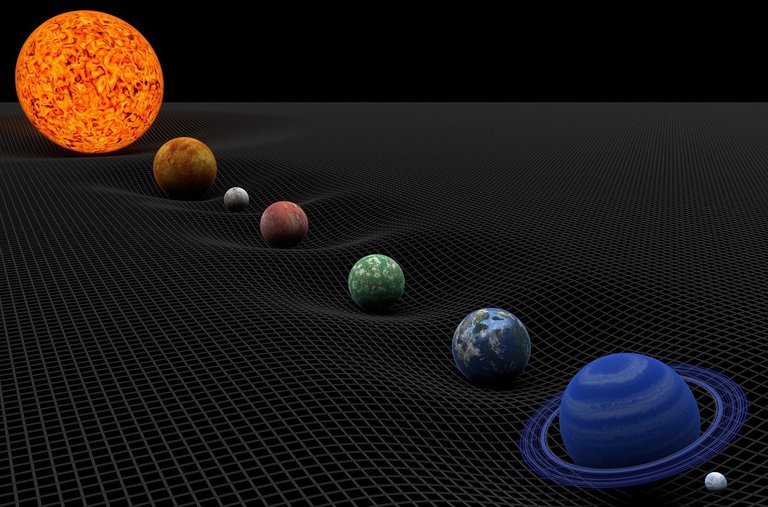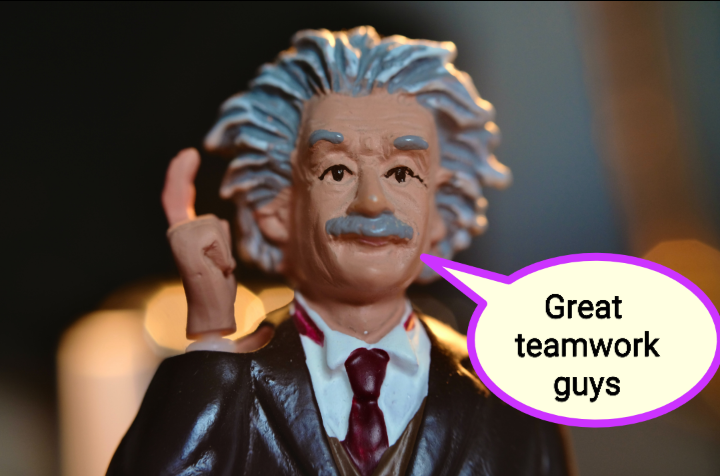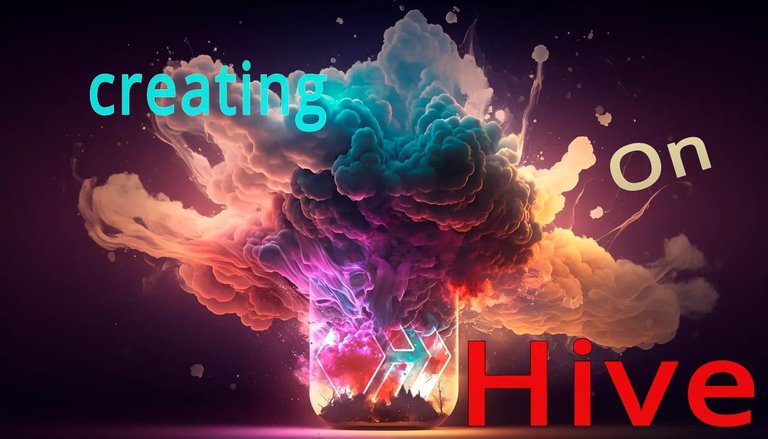The Case For The Existence Of A Gravitational Particle - Graviton
In the past when classical physics reigned supreme, it used to be believed that there were only two field forces, electromagnetic and gravitational, in addition to the electromagnetic force was the existence of the electromagnetic waves which believed to be the mediator of the electromagnetic force - thanks to the foundational works of James Maxwell Clerk. Unfortunately, the reign of classical physics began to crumble, especially due to the then problem of the "ultraviolet catastrophe" and later "the photoelectric effect". Thanks to the ingenious works of Max Planck and Albert Einstein, these problems were resolved but at the cost of overturning our classical beliefs, it was at this point that the concept of "photons" (particulate nature of the electromagnetic waves) and quantum physics were born. Today quantum physics has become somewhat a broad subject and in fact, modern physics can be split into two - classical and quantum. We are currently aware that there are other forces (strong and weak) in addition to the gravity and electromagnetism. Three of these forces (excluding gravity) have particulate mediators and all fit nicely into the "standard model of particle physics". Gravity seems to be the odd one, our current best theory of gravity is Einstein's theory of general relativity but there phenomena and theoretical questions it still can't explain/answer. Resolving those problems from one perspective requires modification to general relativity, especially quantizing gravity and this leads to a very interesting concept that has been around for quite a long time now - gravitons.
Defining the Graviton
The graviton is hypothesized to be the quantum particle that mediates the force of gravity, analogous to how photons (massless spin-1 bosons) mediate electromagnetism. In theoretical physics, the graviton is proposed to be a massless, spin-2 boson. This means it would have no mass and would possess a spin quantum number of 2, which aligns with the properties required for it to mediate the long-range force of gravity.
In the framework of quantum field theory, gravitons are proposed to be excitations in a quantum field associated with the gravitational force. Unlike other fields, such as the electromagnetic field, which are defined on a fixed spacetime background (Minkowski metric), the gravitational field has a dynamic background (metric changing with time) and influenced by the presence of mass and energy. This means that any quantum theory of gravity must account for the influence of gravity on the quantum fields themselves.
Attempts to develop such a theory have led to several approaches, including quantum field theory in curved spacetime, string theory, and loop quantum gravity. Each of these approaches has its own way of incorporating the graviton into a coherent theoretical framework
String Theory : In string theory, fundamental particles, including the graviton, are envisioned as one-dimensional strings rather than point-like particles. String theory predicts the existence of gravitons as vibrational modes of these strings, providing a potential unification of all fundamental forces, including gravity, into a single framework.
Loop Quantum Gravity : This approach attempts to quantize gravity directly without relying on additional dimensions or strings. Loop quantum gravity proposes that spacetime itself is quantized, and while it does not explicitly predict gravitons in the same way as string theory, it suggests that gravitational interactions might emerge from the fundamental quantum structure of spacetime.
Experimental Challenges and Observations
Detecting gravitons directly is extraordinarily challenging due to their expected extremely weak interactions with matter. As a result, no experimental evidence for gravitons has been observed to date. Efforts to detect gravitational waves—ripples in spacetime caused by massive accelerating bodies, are a related but indirect means of probing the nature of gravity/gravitons. The successful observation of gravitational waves by LIGO and other observatories provides a way to test general relativity and, indirectly, the effects of gravitons if they exist.
Conclusion
The graviton represents a crucial piece of the puzzle in our understanding of fundamental physics. While it remains a theoretical construct, its existence would signify a unified description of gravity within the framework of quantum field theory. The search for gravitons and the development of a consistent quantum theory of gravity are ongoing, driving much of the cutting-edge research in theoretical physics. As experimental techniques advance and theoretical models evolve, the quest to detect or rule out the graviton continues to inspire new discoveries and insights into the fundamental workings of the universe.
For further reading
Thank you all once again for stopping by to read my jargons and also thank you @stemng, @lemouth and the @Steemstem team for your valuable supports.
Lastly, please don't forget to do the needful
Upvote
Comment
Reblog
If you enjoyed my jargons.



Thanks for your contribution to the STEMsocial community. Feel free to join us on discord to get to know the rest of us!
Please consider delegating to the @stemsocial account (85% of the curation rewards are returned).
Thanks for including @stemsocial as a beneficiary, which gives you stronger support.